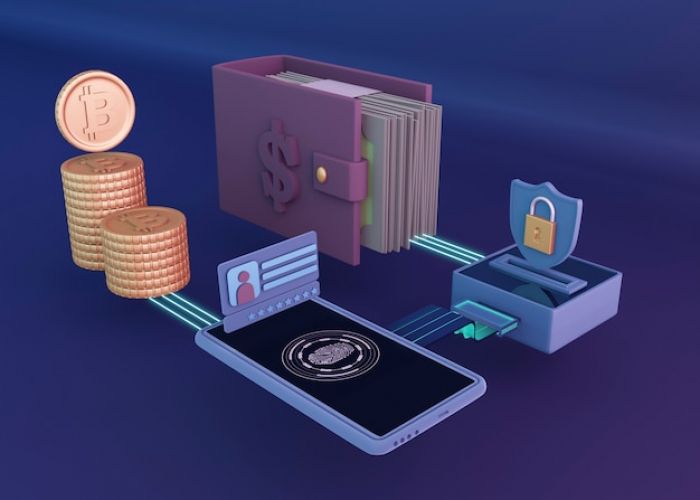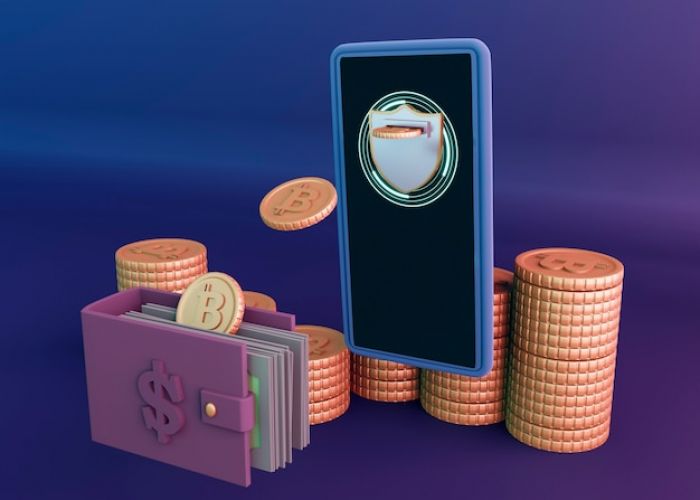Every few decades, a payment shift rewrites the playbook for Main Street commerce. Checks gave way to cards, cards to mobile wallets, and now mobile wallets are quietly making room for crypto rails. The change is less about speculative headlines and more about what customers do at checkout. When the big payment processors re-engineered their APIs in 2024 to settle Bitcoin, stablecoins, and Ethereum right alongside Visa, they signaled that the technology was ready for prime time.
Before diving into how crypto can help or hurt your business, remember one thing: technology waves do not pause for small businesses to “get comfortable.” They reward the early adopters and leave the latecomers wondering why foot traffic suddenly dipped.

If you’ve already wrestled with slimmer margins, steeper card fees, or fickle online shoppers, crypto isn’t just another shiny object. A reliable crypto payments gateway is a practical tool for lowering operating costs, broadening your customer base, and speeding up cash flow, all problems most small businesses face daily. Snap-on integrations and near-instant settlement mean you can test the waters without rewriting your entire tech stack.
Adopting crypto isn’t a philosophical bet; it’s a numbers game you can track on a spreadsheet. Let’s unpack how those numbers could work in your favor.
Traditional card networks charge merchants between 1.5% and 3.5% per transaction (inclusive of interchange, assessments, and processor fees). By contrast, prominent crypto payment processors like BitPay and Coinbase Commerce typically charge around 1%. On an annual card volume of $250,000, shifting even $201,200 via crypto payments, enough to fund a marketing campaign or replace aging kitchen equipment, could yield substantial savings when compared to traditional processing costs.
Credit-card batches often settle two full business days later if the transaction posts on a weekend. Crypto settlement can appear in your wallet in under ten minutes, or in your bank the same day if you enable automatic conversion to fiat. Faster access to funds shrinks the gap between accounts receivable and payable, reducing your need for short-term credit lines.
If you sell high-ticket items or ship products worldwide, you know a friendly fraud chargeback can burn both inventory and fees. Crypto transactions are irreversible at the protocol level, so once you see “payment confirmed,” that revenue is yours. Some owners sleep better at night knowing dispute costs are effectively zero.
Selling to a customer in Singapore or São Paulo often requires juggling FX spreads, wire transfer delays, and cross-border fees. Crypto erases those frictions because all users interact with the same global network. A shopper in Berlin sends USDC, you receive USDC, and the payment processor can convert it to dollars at the market rate in seconds. That opens doors to markets you may have written off as “too complicated.”

Crypto’s upside is compelling, but two issues keep merchants on the fence: price swings and regulatory red tape. Both concerns were valid five years ago; in 2025, they’re mostly logistics problems with straightforward solutions.
The simplest way to eliminate volatility is to accept dollar-pegged stablecoins such as USDC, USDP, or PayPal USD. Each token is backed 1:1 by cash and T-bills, providing price stability that mirrors a checking account. If you do accept Bitcoin or Ether for marketing flair, most processors offer an “auto-sell” toggle that converts the asset to dollars the instant it lands, locking in the sale amount. You can hold exactly zero crypto on your books if that’s your preference.
The IRS treats instantly converted crypto payments the same way it treats PayPal or Square transactions: ordinary business income. Sales tax remains unchanged because the taxable event is the sale of goods or services, not the form of payment. Mainstream processors issue 1099-K forms at year-end, and accounting platforms like QuickBooks already import these crypto settlement files. As long as you reconcile monthly best practice regardless of payment method, you won’t be spring-cleaning a shoebox of blockchain receipts in April.
Many owners imagine a heavy lift, but the mechanics are closer to adding Apple Pay than rebuilding your POS.
Most merchants start with BitPay, Coinbase Commerce, or Stripe. Sign up, add corporate KYC documents, and set payout currency to USD if you want no exposure.
Shopify, WooCommerce, and Squarespace all offer one-click apps. Brick-and-mortar stores can print a dynamic QR code or load a tablet-based POS screen that generates new addresses per sale.
Buy a $5 gift card from yourself using a mobile wallet like Coinbase or MetaMask. Confirm that the sale shows “paid,” auto-converts to dollars (if selected), and appears on your dashboard.
Devote 30 minutes with cashiers and managers. Show them the way to confirm a transaction, the location of the crypto receipt, and the way to void a erroneous invoice before it is paid. Revise your return policy so that it is clear you will not accept any returns on crypto sales unless you refund manually.
Add window decals, update your Instagram bio, and email your customer list. Crypto users are vocal; they’ll share the news for you. Track metrics weekly and compare fee savings against card transactions.
Crypto is no longer the wild west. It is a regulated, processor-supported, and customer-driven option that slices fees, speeds cash flow, and unlocks new markets. Two data points should stick with you: card fees average around 3% while mainstream crypto processors hover near 1%, and over half of Gen Z and millennials, roughly 50%, now own or have owned crypto, representing trillions in future spending power.
If you’ve ever wished for an easy lever to improve margins and differentiate your brand, this is it. Early adoption won’t just pad your bottom line; it signals to tech-savvy shoppers that your business is modern, agile, and eager to meet them where they are. Set up a pilot program, measure real-world results for a quarter, and let the data decide. Odds are you’ll wonder why you didn’t flip the switch sooner.
Be the first to post comment!